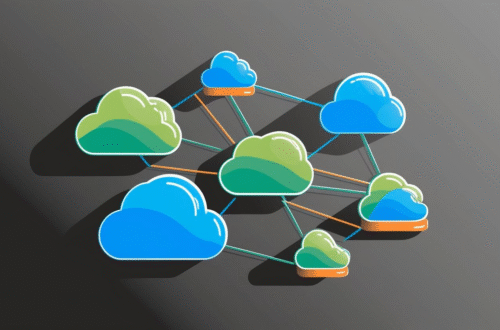
Log-Based CDC Transaction Log Mining
Log-based CDC transaction log mining enables real-time data replication without intrusive polling. It reads a database’s write-ahead log or transaction log to capture changes at source. Consequently, engineers avoid table scans and guarantee low-latency updates. Moreover, this approach supports high-throughput systems and maintains data consistency across microservices. In this post, we explore the core mechanics, architectural patterns, delivery guarantees, and performance optimizations for backend engineers implementing log-based CDC.
Fundamentals of Transaction Log Mining:
Transaction log mining extracts change events directly from a database’s log.
- Log structure: Each record includes a LSN (log sequence number), timestamp, and operation type.
- Reader module: It establishes a replication slot or uses vendor API (e.g., PostgreSQL’s logical decoding or MySQL’s binlog connector).
- Parser component: It decodes raw log entries into structured change events, such as insert, update, or delete.
Firstly, the reader pulls batches of log records in sequence. Next, the parser transforms them into a common schema. Consequently, CDC systems avoid schema drift by mapping database types to language-specific types. Finally, change events enter the processing pipeline for downstream consumption.
Architecture Patterns for Log-based CDC:
A robust CDC pipeline splits responsibilities into modular layers.
- Log Ingestion
- Deploy a connector per database instance
- Track offsets via durable storage (e.g., Kafka, Zookeeper)
- Event Transformation
- Convert raw events to JSON or Avro
- Enrich with metadata (source table, transaction ID)
- Message Delivery
- Publish to a message broker (e.g., Apache Kafka)
- Partition by primary key or shard ID
Additionally, you should implement schema registry to manage evolving schemas. Moreover, use a microservice or function to subscribe to broker topics and apply business logic. Ultimately, this layered design ensures separation of concerns and easier testing.
Ensuring Exactly-Once Delivery and Ordering:
Exactly-once semantics require idempotent processing and precise offset handling.
- Offset management: Commit the last processed LSN only after successful downstream write.
- Transactional writes: Leverage broker transactions to atomically publish batches.
- Idempotence keys: Include a unique change-event ID based on LSN and table name.
Firstly, buffer events until you can commit to the sink in one atomic transaction. Next, commit the corresponding log offset only after the sink confirms. Consequently, on restart, the reader resumes at the last safe offset. Moreover, ordering is preserved by using a single partition per primary key.
Performance and Scalability Considerations:
High-throughput CDC demands resource isolation and backpressure handling.
- Parallel parsing: Use multiple threads or processes to decode log batches concurrently.
- Partitioned topics: Distribute events across topic partitions by shard key.
- Flow control: Implement backpressure signals from the consumer to slow ingestion.
Furthermore, monitor lag metrics such as offset lag and consumer lag. Finally, scale the broker cluster and CDC connectors horizontally based on throughput and latency targets.
Conclusion:
Log-based CDC via transaction log mining provides low-latency, non-intrusive data replication. By mining the transaction log, systems achieve real-time consistency and avoid performance hits on primary databases. Key takeaways:
- Leverage native log APIs and logical decoding for efficient change capture.
- Architect modular pipelines with clear separation of ingestion, transformation, and delivery.
- Enforce exactly-once semantics via atomic writes and precise offset commits.
- Optimize performance through parallel parsing, partitioning, and backpressure.
With these principles, backend engineers can implement scalable, reliable CDC pipelines that meet modern data streaming demands. For more details you can visit Confluent’s Guide to CDC with Kafka


